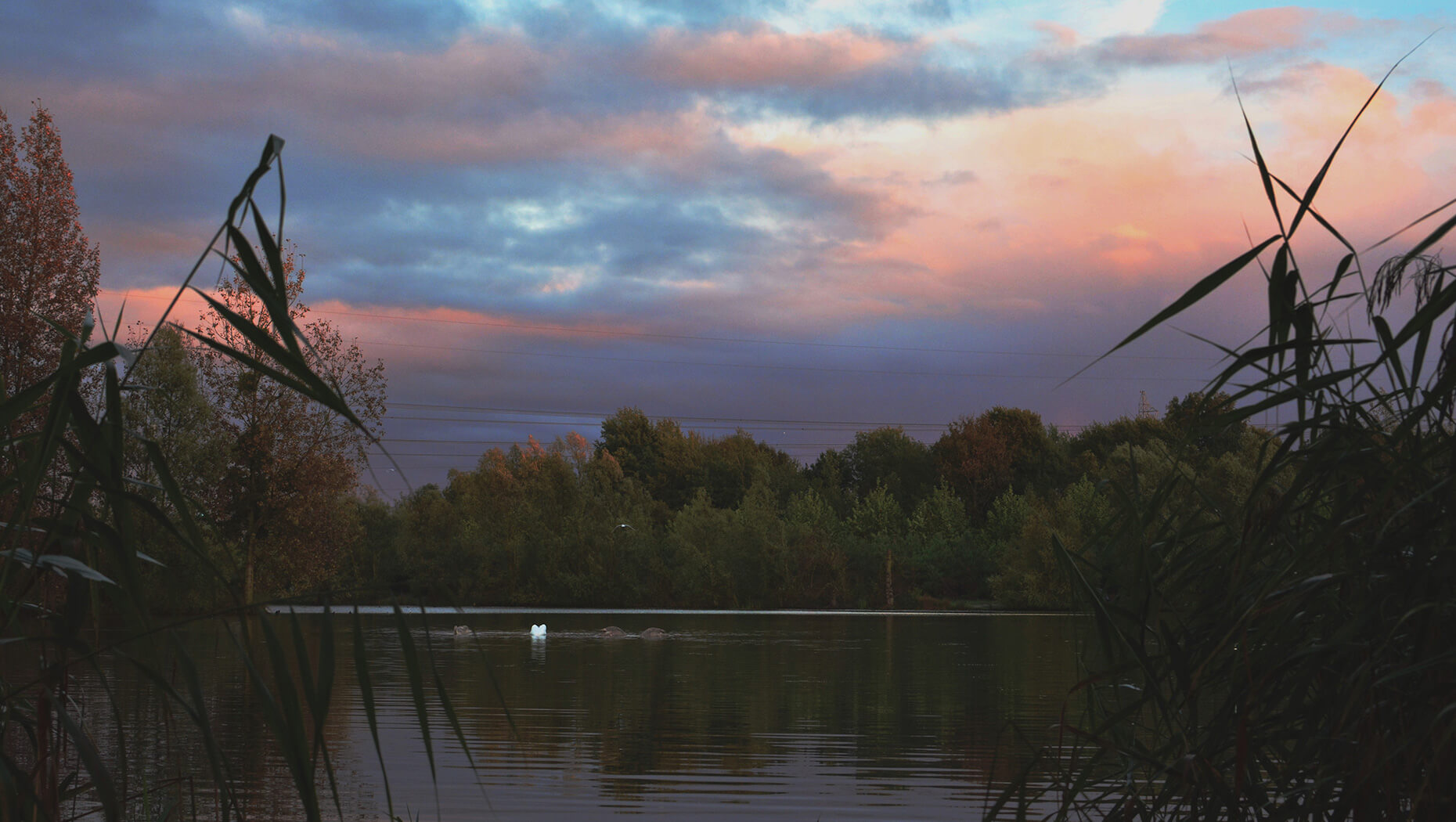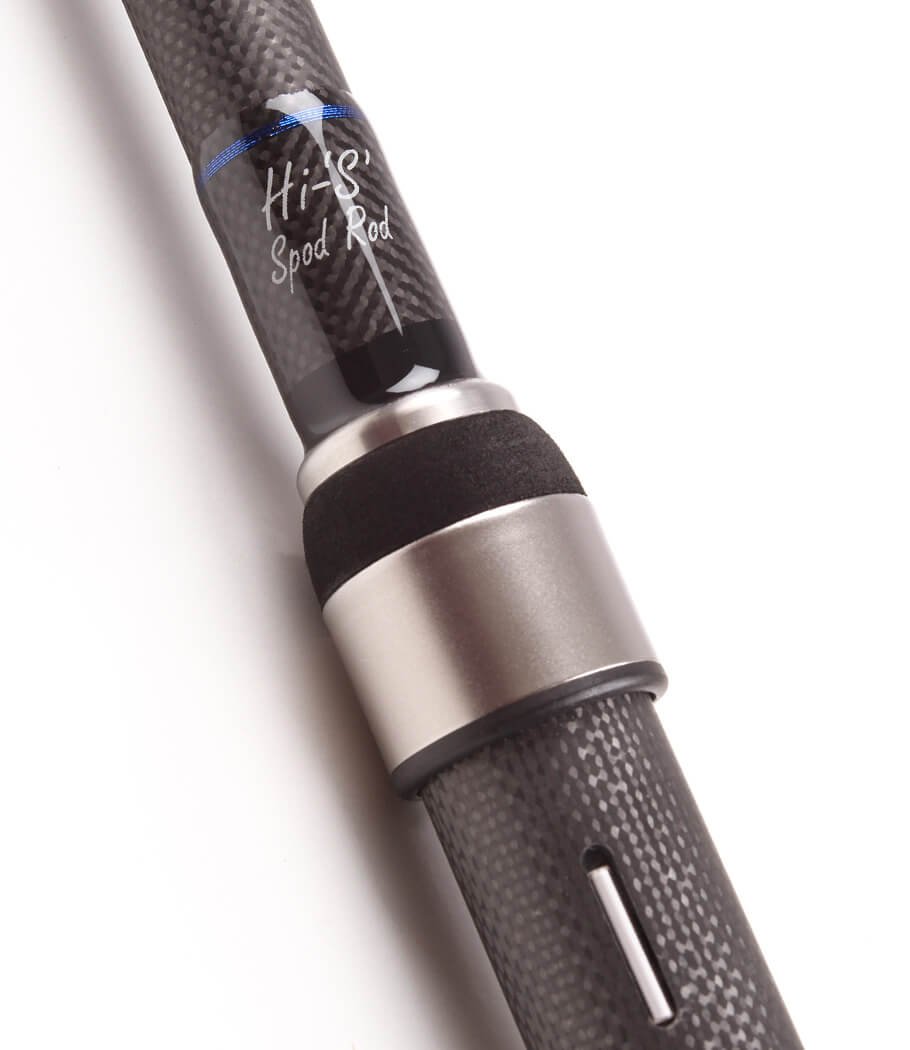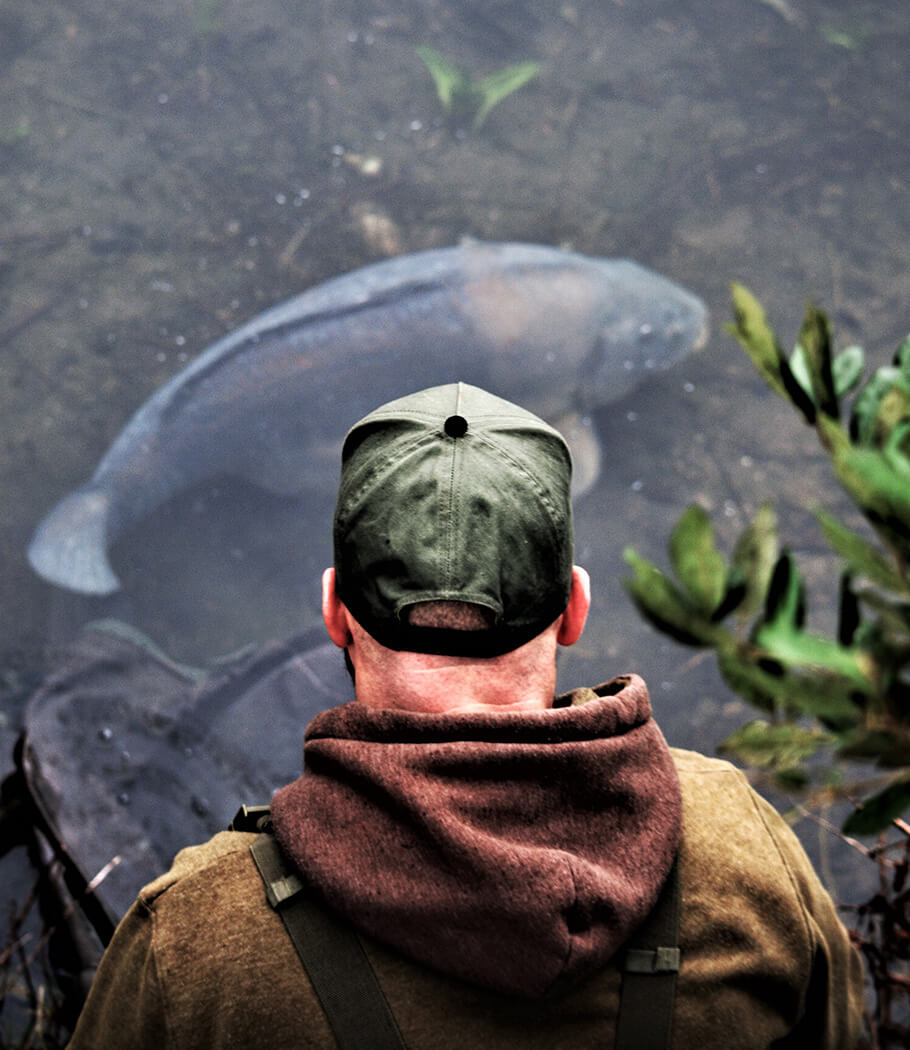In the past it has been well accepted that rods lose some of their power through extensive use with resultant reduction in test curve. Using the highest quality higher modulus carbons and reducing the resin content, normally around 37%, is, we believe, critical to prolonging the life of the blank and maintaining the effective test curve. In recent tests we compared a brand new Hi-‘S’ 200-13’ with one that had been used by Mark Hutchinson for his casting demonstrations and tuition for over 4 years and would have therefore been cast thousands of times to the maximum. The variance in test curve was barely discernible and casting performance differed by a matter of inches on a rod that had effectively endured what would equate to twenty plus years of normal use.



The Hi-‘S’ and ‘S’-Range of carp rods use the latest low resin Japanese carbons from Toray and Mitsubishi. The proportion of resin has been cut to around 20% on the ‘S’-Range with a very high density of carbon filament laid in a much more uniform pattern. Examining a cross-section of normal carbon and Low Resin Carbon through an electron microscope with camera attached clearly shows the density and uniformity of carbon filaments in our Low Resin Carbon.
In this way we preserve the action with little noticeable reduction in power or test curve rating even with the use of PVA bags and method feeders that overload the rod past its recommended casting weight.
We have further developed these carbons for the Hi-‘S’ Range using even lower resin contents of below 17% and very high modulus 40t carbon producing slimmer, lighter and stronger blanks culminating in the introduction of the Hi-‘S’200 so called as it is capable of ranges well in excess of 200 yards with the right set-up and technique. The launch of the Hi-‘S’ive E.R. (extra responsive) this year is the culmination of two years hard work. This utilizes even higher quality carbons to maintain the optimum casting performance but with a very soft, fish playing tip. This makes for a rod that casts very easily to extreme ranges but is a joy to use.
Research will continue with further ranges being introduced that benefit from this new carbon technology although we predict that due to high cost of material and difficulty of handling the use of low resin will remain the exception not the rule.
Normal practice is for the blank to be hand ground following the curing process and then painted and or lacquered to hide any imperfections in the blank or grinding. Even a clear matt lacquer will hide blemishes. To show the quality of our carbons to the full we have developed the ‘Perdurable’ blank finish. After curing our blanks they are ground to strict tolerances to produce a smooth polished finish with no flaws. The only finish we apply is a fine detail polish to produce a subtle sheen. This avoids the problems of deterioration of the lacquer or colour bleaching of paint finishes for a lifelong blank finish. We have re-built rods, renewing the whippings and they leave us looking like brand new rods again even after many years of use.
The ‘Perdurable’ blank finish is produced on all Hi-‘S’ rods, ‘S’-Range rods, the new ‘S’-Lite and CTX as well as the ‘E’-Class range and the Tamer ‘X’-Wraps across all Carp, Barbel, Pike and Cat rods.
We take great pains to ensure our rods are whipped along the spine (backbone) of the rod. This is important since the rod aligns to this spine during casting and fish playing – if you feel the rod snatching during the cast or have a top section that twists around on the cast this is probably down to it being built off spine. On the long range rods this is vital since if built off spine the carbon fibres will try to align themselves to the spine during heavy casting and can ‘un-wrap’ leading to rod breakage. Since our production processes are very exact we can do this without having to sacrifice too many top sections due to the tip kicking left or right. We encourage every angler to check this point since many manufacturers do not always build on the spine as they would have to sacrifice too many sections as they would not look straight.